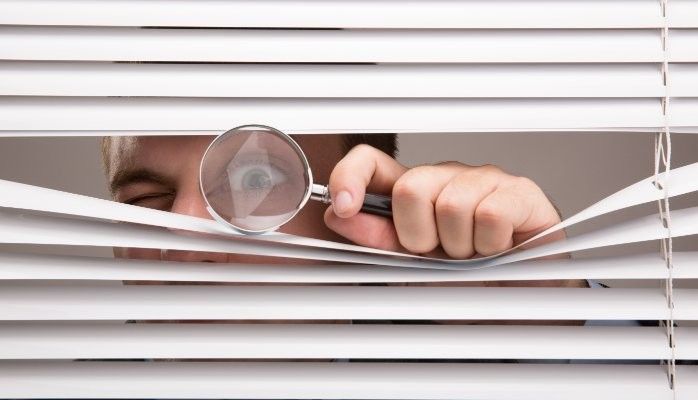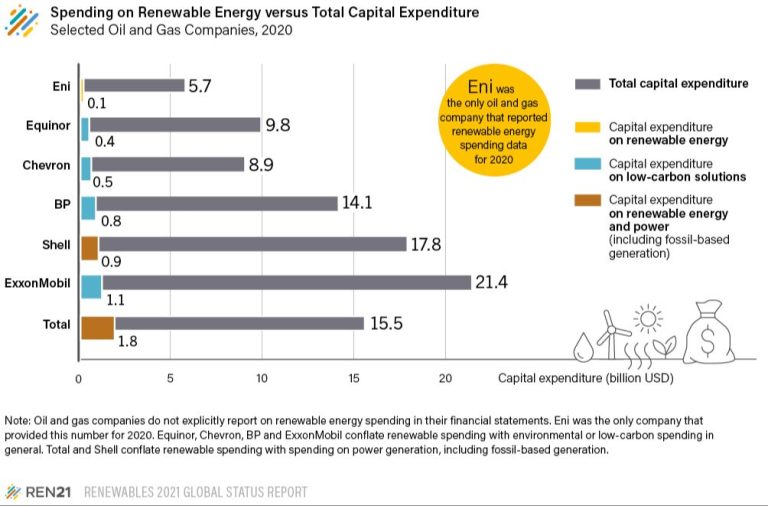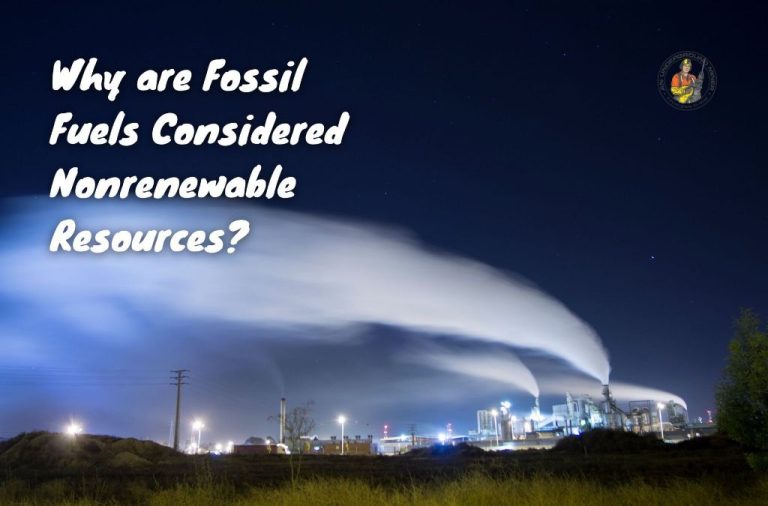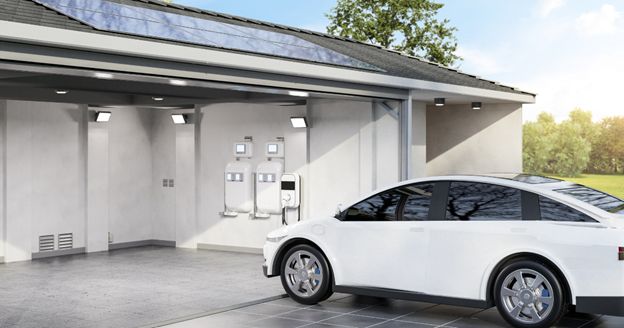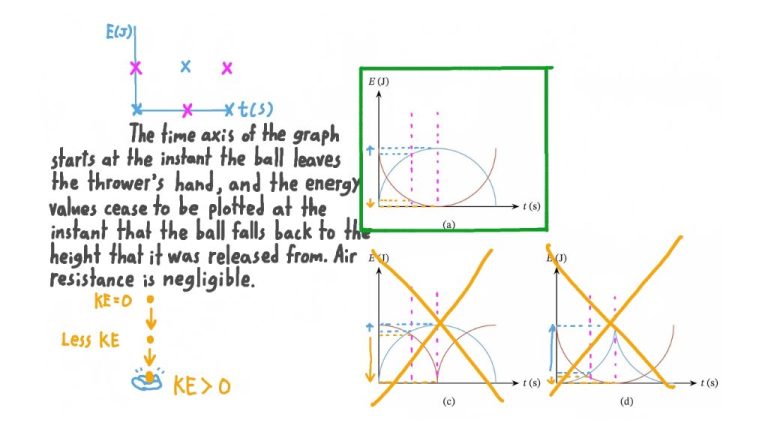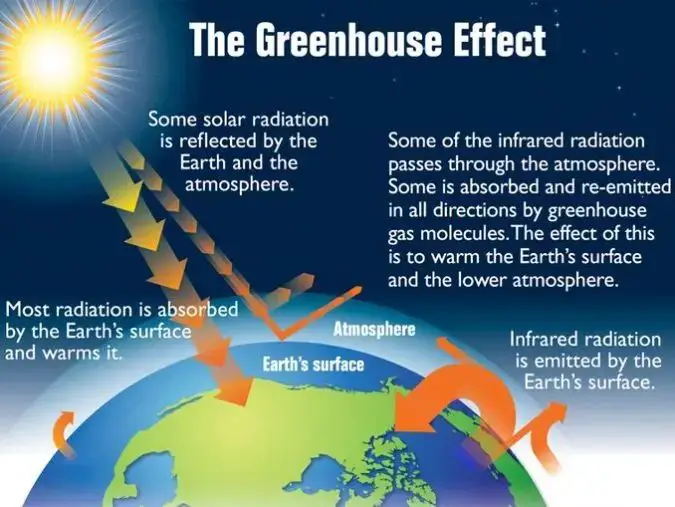How Does Lighting Affect Energy?
Lighting can account for 10-20% of energy use in residential buildings and as much as 40% in commercial buildings. With rising energy costs and concerns over climate change, it is more important than ever to understand how lighting affects energy consumption and identify ways to use lighting more efficiently.
There are significant opportunities to reduce energy waste through lighting choices and controls. Upgrading old, inefficient lighting with energy-efficient bulbs and fixtures can create substantial energy savings. Lighting controls like occupancy sensors, timers, and daylight harvesting also play a major role in reducing lighting energy use.
This guide examines the relationship between lighting and energy. It provides an overview of different lighting types, factors impacting energy consumption, efficiency standards, and practical tips to cut lighting costs while maintaining quality illumination.
Types of Lighting
The three main types of lighting are incandescent, CFL (compact fluorescent), and LED (light-emitting diode). Each has its own advantages and disadvantages in terms of efficiency, cost, light quality, and environmental impact.
Incandescent lighting is the oldest and most familiar form of lighting. Incandescent bulbs produce light by heating a tungsten filament until it glows. This is an inefficient process, as most of the energy is released as heat rather than visible light. Incandescent bulbs are inexpensive to buy but have high energy costs. They also don’t last very long, typically 1,000 hours or less.
CFL lighting uses gas enclosed in glass tubes lined with phosphor. Electricity excites the gas, producing ultraviolet light that then hits the phosphor coating, creating visible light. CFL bulbs use around 75% less energy and last 10 times longer than incandescent. However, they take time to reach full brightness and are more expensive upfront.
LED lighting uses semiconductors to directly convert electricity into light. LED bulbs reach full brightness immediately, last even longer than CFLs, and use at least 75% less energy. Prices have come down dramatically but LEDs are still more expensive than other options upfront.
How Lighting Uses Energy
Lighting is a major user of electricity in homes and businesses. The main way lighting consumes energy is through converting electricity into visible light.
To produce light, lighting products use electricity to power different types of light sources, such as incandescent, fluorescent, or LED bulbs. The light source converts the electrical energy into electromagnetic radiation in the visible light spectrum that allows us to see.
The amount of electricity needed depends on the type of light source. Incandescent bulbs are the most inefficient, using mainly heat to produce light. Fluorescent tubes need less wattage to produce the same amount of brightness. LEDs are the most efficient and long-lasting light source.
So the energy consumption of lighting is directly connected to electricity use. The more lighting a home or business uses, the more electrical power is required to keep the lights on.
Factors Affecting Energy Use
The amount of energy used by lighting depends on several key factors:
- Type of bulbs – Traditional incandescent bulbs are inefficient, using 90% of energy to generate heat rather than light. Fluorescent bulbs are 4-10 times more efficient. LED bulbs are the most efficient and long-lasting.
- Number of bulbs – The more lights turned on, the more energy used. Outdoor lighting and lights left on when not needed waste electricity.
- Efficiency of bulbs – Energy efficiency is measured in lumens per watt. The higher the number, the more light produced per unit of electricity. Efficient bulbs like LEDs have a high lumens/watt ratio.
Choosing the right bulbs and using lighting only when needed reduces electricity consumption and costs. The type, number and efficiency rating of light bulbs are key factors determining lighting energy use.
Lighting Efficiency Standards
Over the past few decades, lighting efficiency standards have steadily improved. In the United States, these standards are set by the Department of Energy (DOE). The DOE first established minimum lamp efficiency standards that took effect in 1990. These standards focused primarily on incandescent bulbs, requiring them to be more efficient.
In 2007, the Energy Independence and Security Act (EISA) was passed, setting maximum wattage limits for incandescent bulbs. This effectively began phasing out traditional incandescent bulbs in favor of more efficient compact fluorescent lamps (CFLs) and LEDs.
In 2017, the DOE updated lighting standards under the Energy Policy Act of 2005. These new standards went into effect in 2020, increasing efficacy requirements for many common lighting products including fluorescent lamps and LED luminaires. The standards are expected to reduce lighting energy use by 10% compared to previous standards.
Looking ahead, the DOE continues to periodically review and update minimum lighting efficiency standards. The goal is to drive continued improvements in lighting products, resulting in significant energy savings over time as inefficient lighting is removed from the market.
Choosing Efficient Lighting
When selecting light bulbs or fixtures, one of the most important factors to consider is light output per energy input, or lumens per watt. The lumen measures the total quantity of visible light emitted by a source, while the watt measures the electrical power consumption. A higher lumens per watt ratio indicates greater lighting efficiency.
Compact fluorescent light bulbs (CFLs) and light emitting diodes (LEDs) typically have a much higher ratio compared to traditional incandescent bulbs, meaning they produce more light using the same amount of electricity. LED lighting in particular has improved dramatically in lumens per watt over the past decade.
Check for ENERGY STAR and EnergyGuide labels when shopping for lighting. These labels indicate bulbs or fixtures that meet federal efficiency standards for their brightness. LED and CFL options with these labels produce just as much light as standard incandescent bulbs, but use far less energy.
Impact on Energy Bills
The type of lighting used in a home or business can have a significant impact on energy bills. Inefficient lighting, like traditional incandescent bulbs, uses much more electricity than energy efficient options like LEDs or CFLs.
An incandescent bulb only converts about 10-15% of the energy it consumes into light, while the rest is lost as heat. This makes them very energy intensive. LED bulbs on the other hand are able to convert over 80% of energy into light, wasting very little energy as heat.
Here’s a comparison of the estimated yearly energy cost of different bulb types based on 3 hours of daily use:
- Incandescent bulb: $4.80
- CFL bulb: $1.20
- LED bulb: $0.96
As you can see, LED and CFL bulbs can lead to significant savings on electricity bills over time compared to traditional incandescent bulbs. The upfront cost of energy efficient bulbs is higher, but they have a longer lifespan and provide savings that make up for the initial investment.
Smart Lighting Controls
Smart lighting controls are one of the most effective ways to reduce energy use from lighting. These advanced controls allow lights to automatically turn on or off, or dim, in response to occupancy, schedules, or available daylight.
Occupancy sensors detect motion so that lights automatically turn off when a space becomes unoccupied. For example, occupancy sensors may turn off lights in a conference room when it is empty or in restrooms and hallways with no motion detected. This prevents lights from wasting energy when no one is using the space.
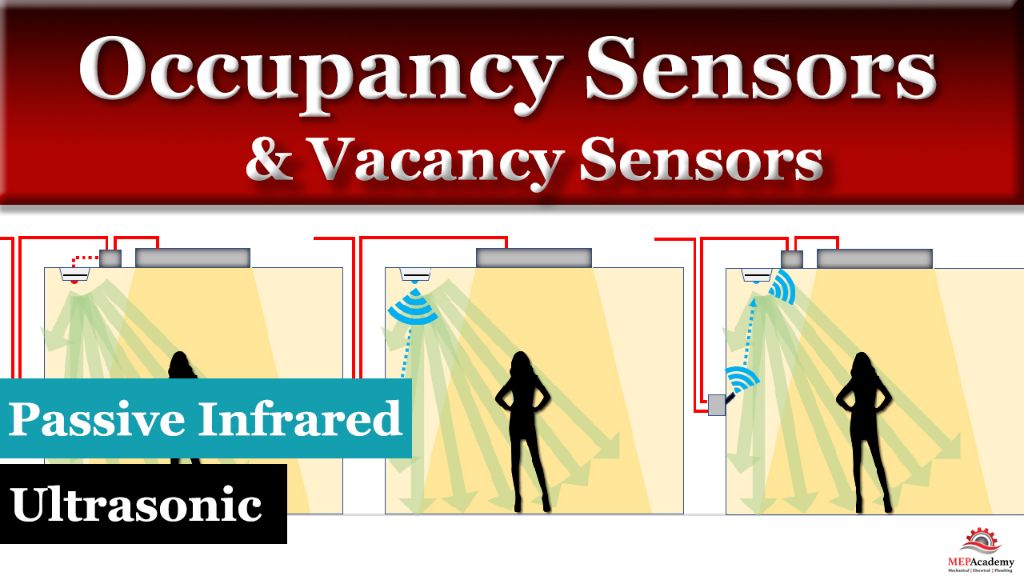
Scheduling involves programming lights to turn on and off at set times. This ensures lights are only on when needed. Stores may schedule lighting to turn off outside business hours or offices can schedule lights off on weekends.
Daylight harvesting senses natural light levels and dims or turns off artificial lights accordingly. Lights near windows or skylights can dim when sufficient daylight is available. Photocells and other sensors enable automatic daylight harvesting to reduce electricity use.
Using a combination of occupancy, scheduling, and daylighting controls provides the greatest efficiency gains. Smart lighting controls are increasingly being integrated with building automation and energy management systems for centralized control.
Other Energy Saving Tips
Here are some additional tips for reducing the energy used by lighting in your home:
Use Task Lighting
Task lighting means using a light source close to where you are working rather than lighting the entire room. For example, use a desk lamp while working at a desk instead of overhead lighting for the whole room. Task lighting allows you to use lower ambient light levels while still getting the illumination you need.
Increase Reflectance
Increasing the reflectance of walls, ceilings and floors helps to reduce the amount of light needed in a space. Using light-colored, reflective paints and surface materials allows more of the light to bounce around the room, increasing brightness. Strategically placed mirrors can also enhance lighting.
Conclusion
Proper lighting is crucial for tasks, safety, comfort, and ambiance. However, lighting can also significantly impact energy usage. By understanding how lighting works and the key factors involved, we can make informed choices to balance lighting quality and efficiency.
The main factors that determine lighting energy use include the number, type, wattage and controls for light fixtures. Energy-efficient technologies like LEDs and smart lighting controls can reduce lighting electricity use by 50-80% while maintaining light quality. With some smart planning and upgrades, it’s possible to have high-quality, low-cost lighting that minimizes environmental impact.
Efficient lighting is one of the easiest ways to cut energy costs and emissions. By implementing energy-saving tips around lighting, we can reduce energy waste, save money on bills, and contribute to worldwide sustainability efforts. The future is bright when our lighting is efficient and effective.

